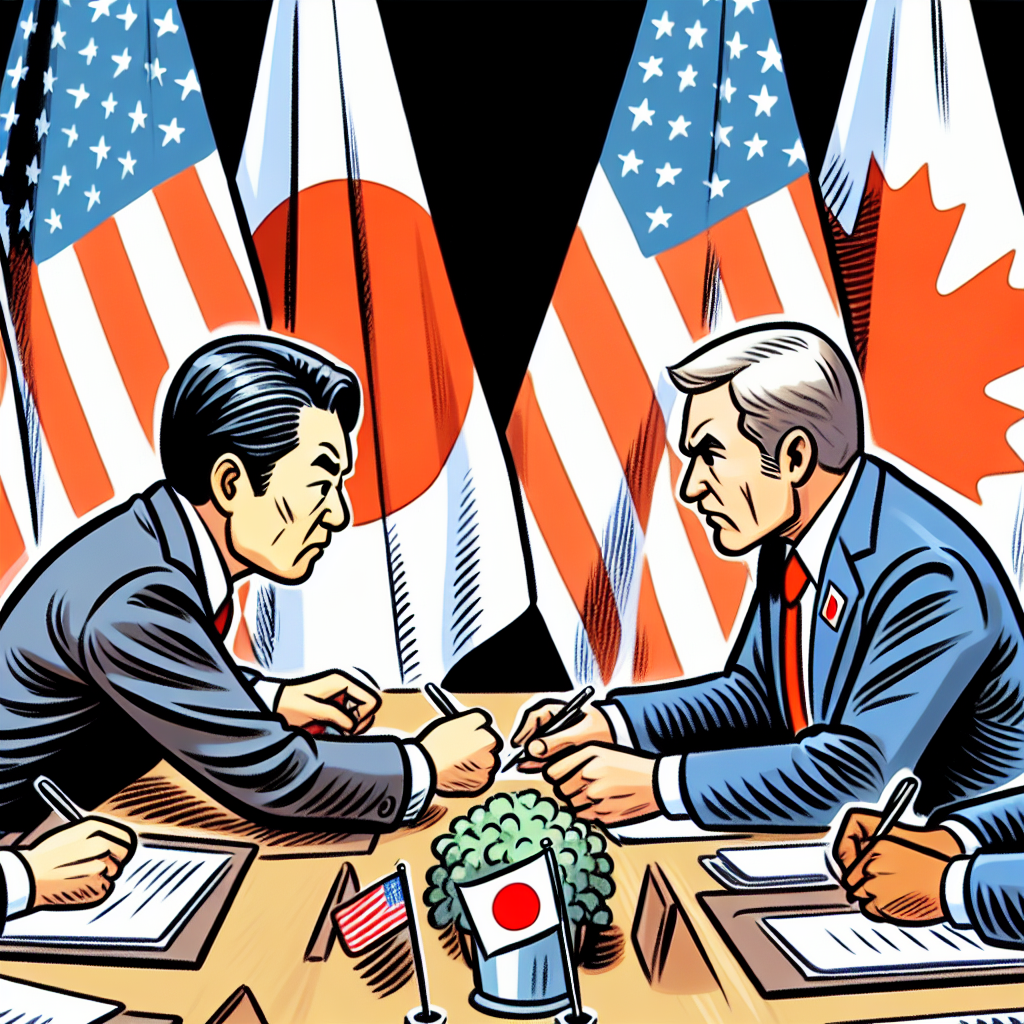During the G7 summit in Kananskis, Alberta, Canada on Monday, June 16th, Japanese Prime Minister Shigeru Ishiba met with US President Donald Trump. Despite agreeing to continue trade negotiations, the two leaders failed to reach an agreement on reducing or eliminating US tariffs on Japan.
It was the second face-to-face meeting between the two leaders, lasting about 30 minutes. The Japanese side had hoped to make a breakthrough on the issue of automobile tariffs, as the high tariffs imposed by the US have put significant pressure on the Japanese economy.
Prime Minister Ishiba stated after the meeting, “We are actively exploring the possibility of reaching an agreement, but there are still differences on some issues.” He did not specify the details of the disagreements but emphasized, “The automotive industry is a core interest of Japan, and we will do everything to protect it.”
The Trump administration announced a 25% tariff on imported cars from Japan, with other Japanese goods facing a maximum equivalent tariff rate of 24%. This measure is set to take effect on July 9 unless an agreement is reached or exemptions are granted before that date.
The automotive industry is vital to the Japanese economy, and the US is an important market for Japanese car manufacturers. According to a report from the International Trade Centre (ITC) in April, if the tariffs come into effect, Japan’s automobile exports could suffer losses of up to $17 billion.
Japanese government statistics show that in 2024, approximately 1.38 million cars were exported to the US. The Japan Automobile Manufacturers Association (JAMA) pointed out that Japanese auto manufacturers produce around 3.28 million vehicles and light trucks annually in the US. The Ishiba government is trying to emphasize that Japanese companies have been deeply committed to the US market for many years and continue to increase investment and production capacity in the US.
Ishiba reiterated that Japan will not hastily compromise if it harms national interests, stating, “We are pursuing a comprehensive agreement that is beneficial to both parties.”
Trump expressed a positive view on the outcome of the meeting but did not disclose details, only stating that “several new trade agreements are being planned,” without specifying if they include negotiations with Japan.
This meeting follows six rounds of ministerial-level negotiations between the two sides. The Japanese side was represented by Minister of Economic Revitalization Ryosei Akazawa, while the US side was led by Secretary of Commerce Howard Lutnick and Secretary of Treasury Scott Bessent.
The US tariff measures are currently in a 90-day temporary suspension period. The Trump administration had previously mentioned that for trade partners showing sincerity, they may consider extending this period. Ishiba did not reveal whether the discussion on extending the suspension was held during this meeting.
Ishiba is expected to return to Japan on June 17th. With only one month left until the July Senate elections, he is facing increasing political pressure domestically. His ruling Liberal Democratic Party lost the majority in the Lower House last October. If they suffer another defeat in this election, it could further shake the foundation of his government.
Ishiba and Trump are expected to meet again during the NATO summit in The Hague, Netherlands on June 24th and 25th, where further negotiations are anticipated.
(Adapted from reports by Reuters and Kyodo News)

